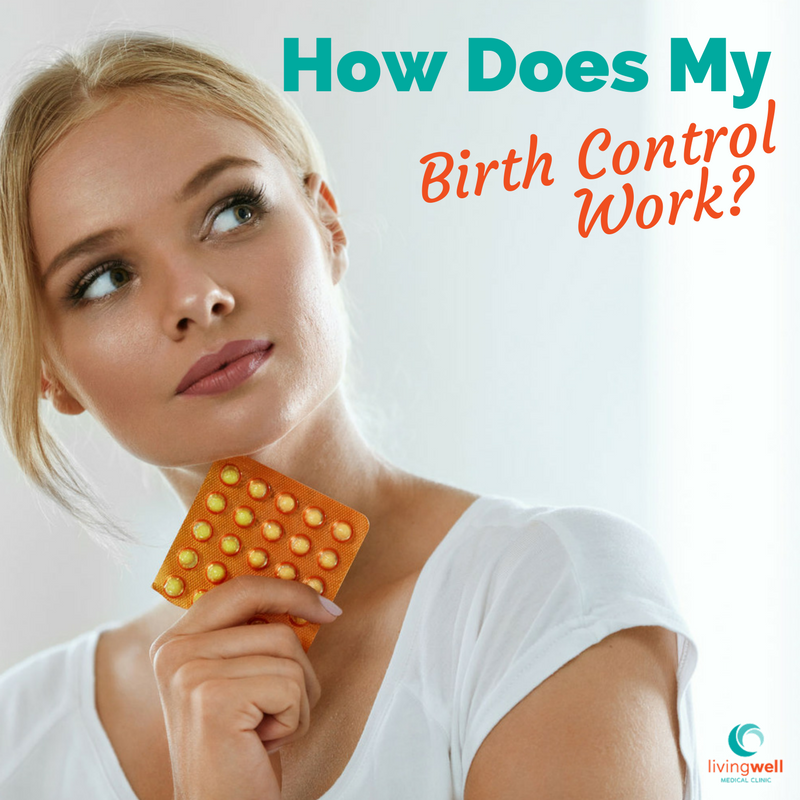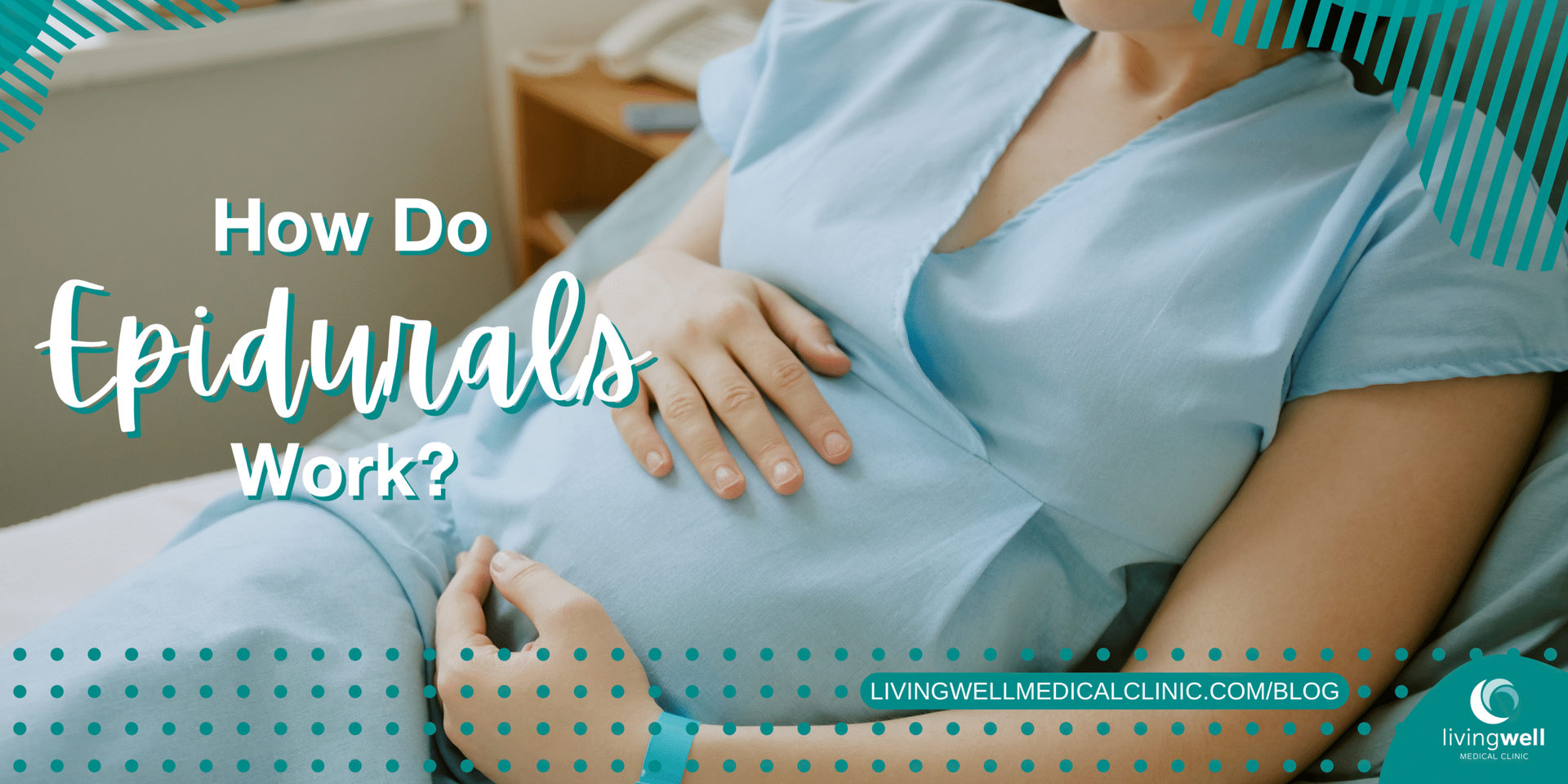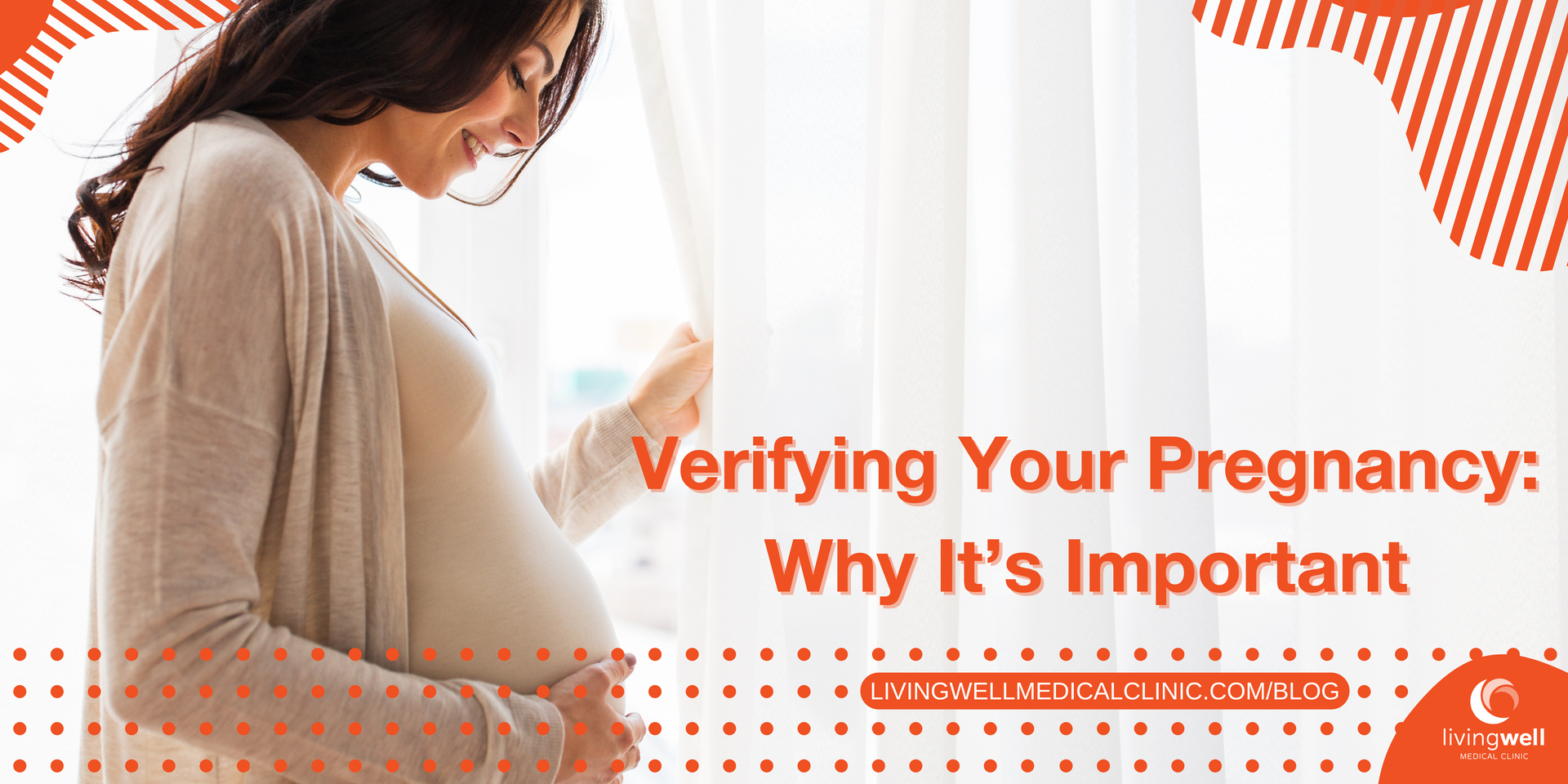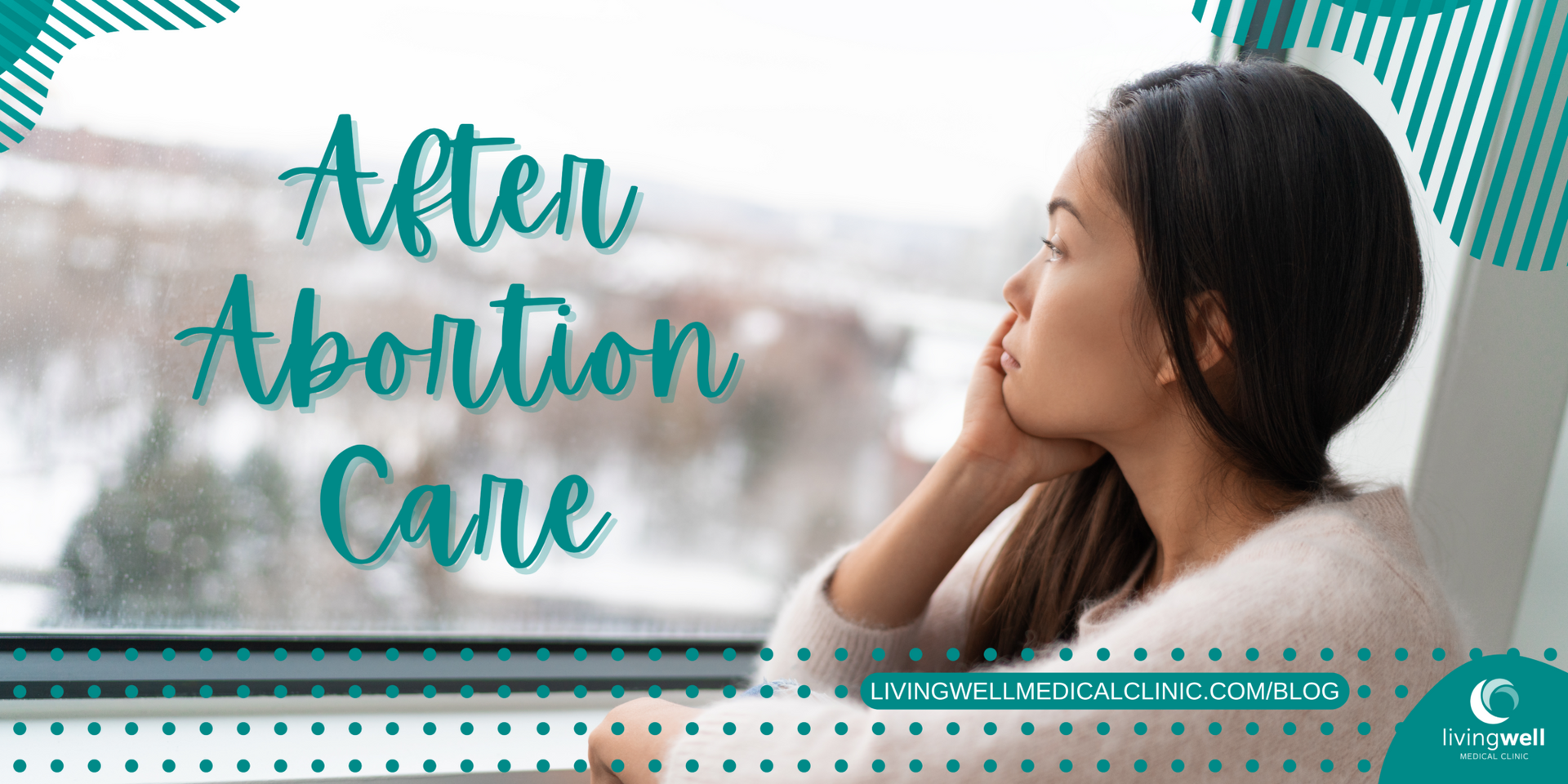How Does My Birth Control Work?
How Does My Birth Control Work?

Maybe you’re already using some form of birth control. Or maybe you’re researching different kinds, trying to decide what’s best for you. So maybe you are wondering – How does birth control work anyway?
Not all methods of birth control work the same way.
Let’s look at the different categories of contraceptives (birth control), how they work, how effective they are and what risks they carry. This is going to be a lot of information, so let’s break it down.
Barrier Methods of Birth Control
These methods create a barrier to prevent the sperm from getting to the egg.
- Male condoms
- Female condoms
- Diaphragms
- Cervical caps
- Contraceptive sponges
- Spermicides
How effective are barrier methods in preventing pregnancy?
For the most part, these methods are considered the least effective at preventing pregnancy.
Type of birth control and percentage of users who have an unintended pregnancy each year
Male condom – 18%
Female condom – 21%
Diaphragm – 12%
Sponge – 24%
Spermicide – 28%
Statistics from CDC.
What are the risks of barrier methods?
Some women have allergic reactions to barrier birth control – vaginal irritation and burning according to the American Congress of Obstetricians and Gynecologists. Spermicides (including the spermicide in sponges) can increase the risk of HIV. Doctors recommend that sponges, diaphragms and any kind of spermicide are used only in mutually monogamous relationships (you each are having sex only with each other).
Hormonal Methods
These methods use hormones to regulate or stop ovulation (release of an egg) and prevent pregnancy. The hormones can prevent ovulation, thicken the mucus on the cervix – which helps keep the sperm from getting to an egg, or thin the lining of the uterus.
- The pill (combined estrogen and progestin)
- Progestin-only pill
- The patch
- Injectable
- Vaginal ring
- Implantable rod
How effective are hormonal methods?
Type of birth control and percentage of users who have an unintended pregnancy each year
Pills – 9%
Patch – 9%
Injectable – 6%
Vaginal rings – 9%
Implantable rods – .05%
Statistics from CDC.
What are the possible risks of hormonal birth control?
These methods are associated with a small increased risk of deep vein thrombosis (DVT)/blood clots, heart attack and stroke. Some women complain of headaches, acne, depression, mood changes and breakthrough bleeding. The serious risks are greater in some women than in others, so it is very important to discuss all risks with your doctor before starting any hormonal birth control according to the American Congress of Obstetricians and Gynecologists.
A recent study in Denmark suggests that women who take hormonal forms of birth control can be up to 70% more likely to be on antidepressants. Teenagers who use the combined pill were 80% more likely to be depressed and teenagers using the progestin-only pill were 120% more likely to need antidepressants.
Intrauterine (IUD) Methods
This kind of birth control is inserted into the uterus.
- Copper IUD – This releases a small amount of copper into the body. This causes an inflammation that can keep the sperm from getting to the egg and fertilizing it. If the egg does get fertilized, the device in the uterus keeps the fertilized egg from implanting into the lining of the uterus.
- Hormonal IUD – This released a progestin hormone that works similarly to the progestin-only pills. It causes the mucus on the cervix to thicken to prevent the sperm from getting to the egg. It thins the lining of the uterus, and it may prevent ovulation. The presence of the IUD in the uterus can also prevent a fertilized egg from implanting into the lining of the uterus.
How effective are IUDs?
Type of birth control and percentage of users who have an unintended pregnancy each year
Copper – .8%
Hormonal – .2%
Statistics from CDC.
What are the risks of IUDs?
According to the American Congress of Obstetricians and Gynecologists Menstrual (period) pain and bleeding may get worse at first. Some women have bleeding between periods, headaches, nausea and depression. The IUD may come out of the uterus. It could tear the wall of the uterus. Some women experience Pelvic Inflammatory Disease (PID), which is an infection of the uterus and the fallopian tubes. The risk for ectopic pregnancy increases with an IUD.
That’s a lot of information to digest!
The bottom line —
- Not all birth control works the same way.
- Not all birth control has the same level of effectiveness.
- No birth control is 100% effective in preventing pregnancy.
- No birth control is free of risks or side effects. (And, if you’re a teenager, you may be at much greater risk for some of those side effects.)
If you want to talk through your birth control options, LivingWell is here to answer your questions or help you sort through all this information. Give us a call 530-272-6800 to schedule a free and confidential appointment.

Eva Fisher
Nursing Director
The content on this page has been reviewed and approved by our Nursing Director.







